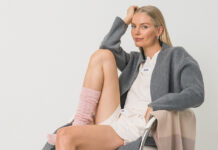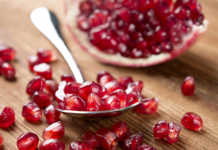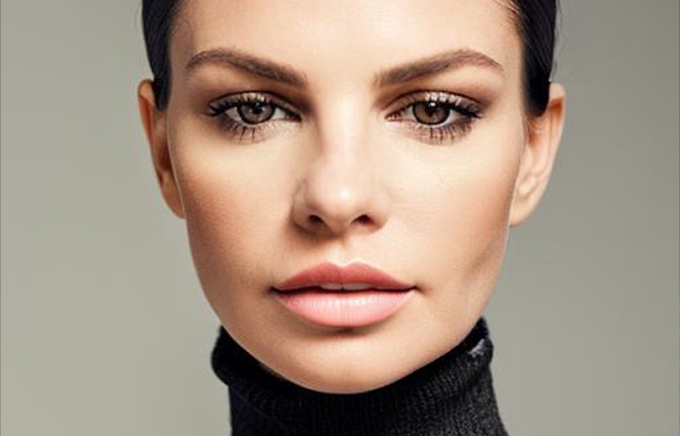
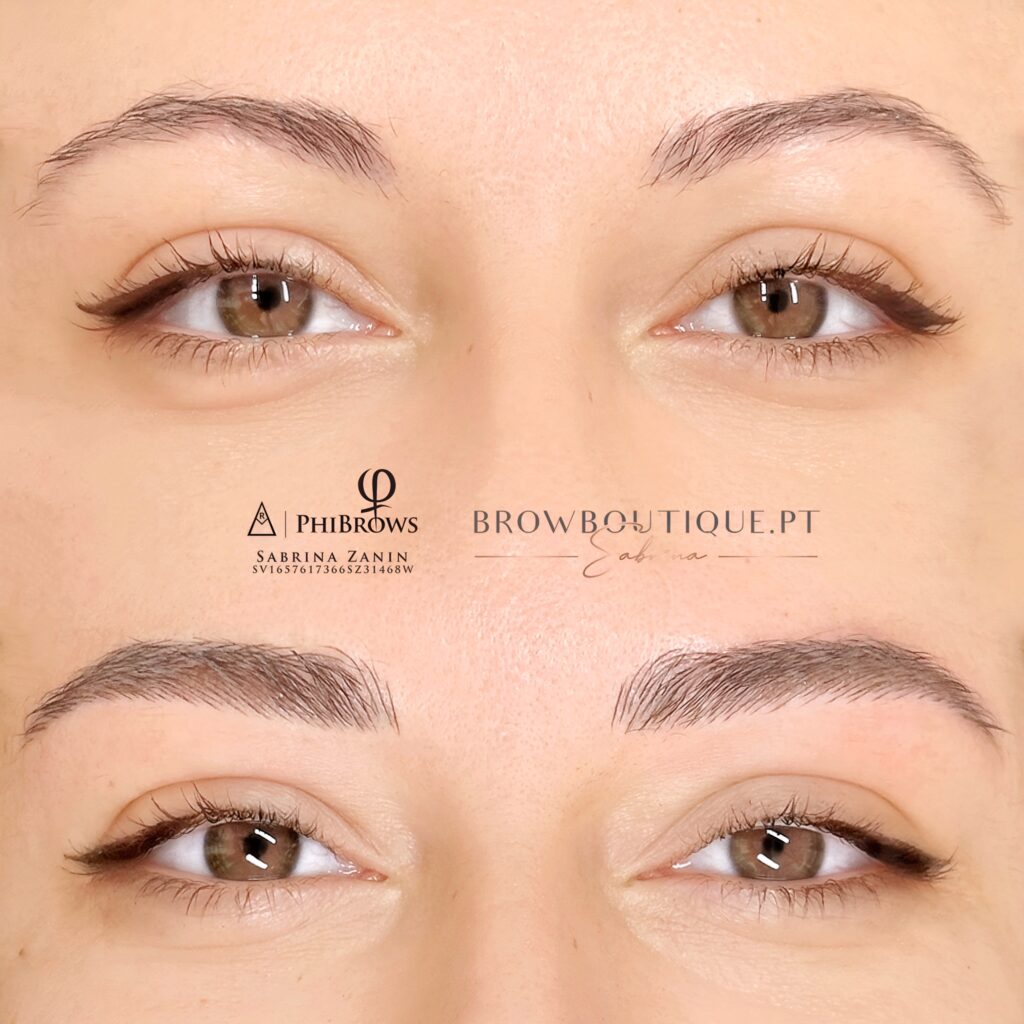
Microblading is a cosmetic tattooing technique that is used to enhance the appearance of eyebrows. It involves using a handheld tool with tiny needles to make small incisions in the skin and depositing pigment into those incisions to create the appearance of hair strokes.
Microblading can be used to reshape and fill in sparse or thin eyebrows, or to create a more defined arch, balance symmetry and help in case of alopecia or any disease that causes brow hairs loss.
The 20th century brought a wave of change in beauty standards, with eyebrow trends fluctuating from thin and rounded in the 1920s, to thick and bushy in the 1980s. However, it wasn’t until the early 21st century that microblading as we know it began to take shape.Let’s talk about some of the modern-day beauty icons who have embraced microblading. Celebrities, known for their impeccable style and beauty, have turned to this procedure to enhance their brows.
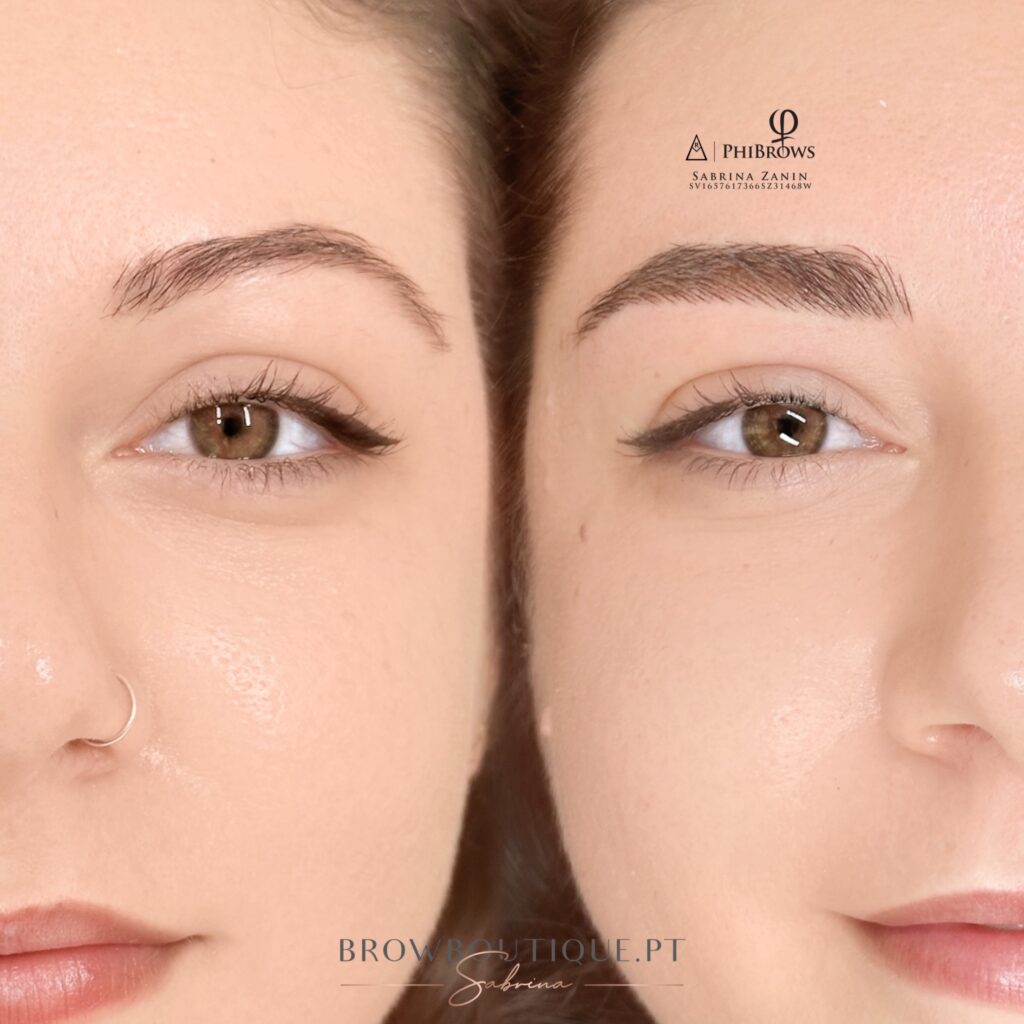
Gwyneth Paltrow: The actress and wellness guru is known for her natural beauty and has reportedly used microblading to enhance her brows.
Madonna: The Queen of Pop is no stranger to beauty trends, and microblading is no exception. She’s been open about her love for the procedure, which helps maintain her iconic look.
Mila Kunis: Known for her striking brows, the actress reportedly uses microblading to keep them looking full and perfectly shaped.
Serena Williams: The tennis superstar is another fan of microblading. She’s embraced the procedure to enhance her brows, further elevating her powerful and confident look.
How long does microblading last?
Microblading typically lasts for 1-3 years, although the exact duration can vary depending on several factors. Some factors that can affect the longevity of microblading include the person’s skin type, how well they take care of their eyebrows, and the quality of the pigment used.
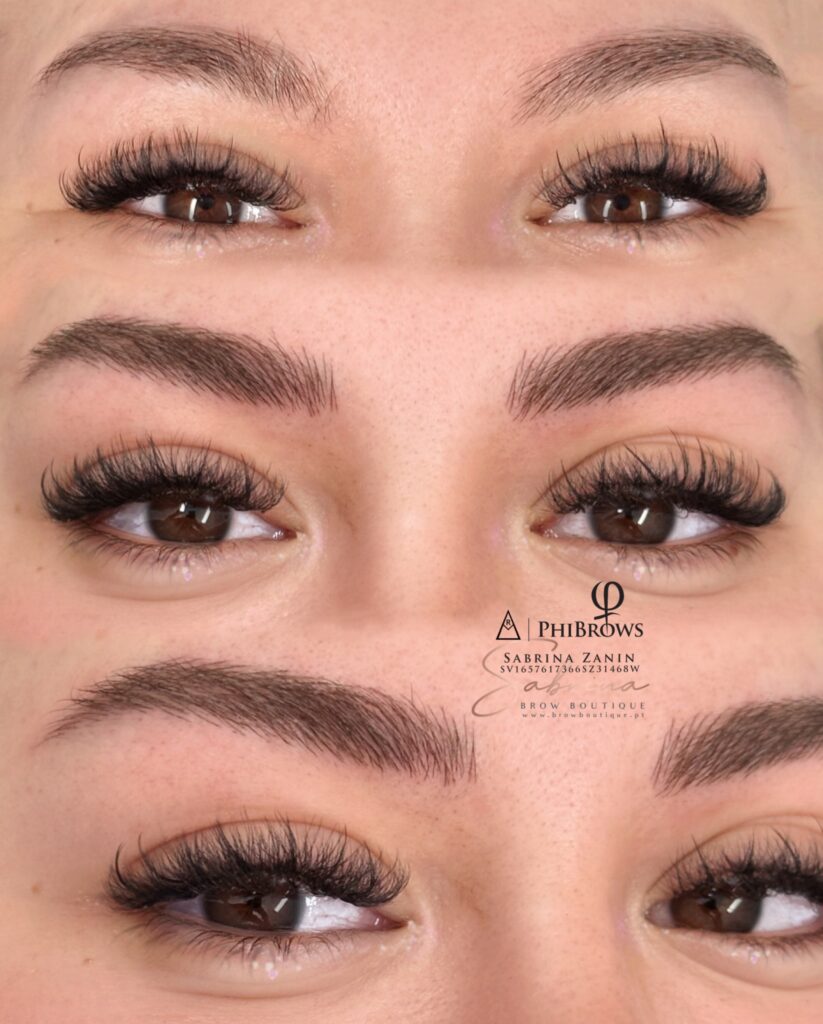
Over time, the pigment will gradually fade as the skin naturally exfoliates, which is why touch-ups are recommended to maintain the appearance of the eyebrows. A touch-up is usually recommended every 12-18 months to keep the eyebrows looking fresh and vibrant.
The healing process after a microblading procedure takes approximately four weeks. During this time, it’s important to let the skin naturally exfoliate. This means keeping the treated area out of water, sweat, steam, and sun. After the first five days, the brows may appear darker, but don’t worry! The pigment will fade by about 40% and shrink by 20% once healed.
A microblading appointment usually takes two to three hours. Most of this time is spent drawing the shape of your eyebrows and picking the right colour to ensure perfect results. A numbing cream is usually applied to help alleviate any discomfort during the procedure.
While microblading is a safe procedure for most people, there are certain conditions and circumstances that may make you ineligible for the treatment. These include being under 18 years of age, being pregnant or nursing, having a history of keloids or hypertrophic scarring, and undergoing chemotherapy/radiation, among others. It’s important to discuss your medical history with your technician before the procedure.
Aftercare is crucial to the success of your microblading procedure. For at least two weeks post-procedure, avoid wearing makeup on the treated area. Don’t pick at scabs, tug, or itch the eyebrow area. Avoid saunas, swimming, and excessive sweating until the area is completely healed. Always apply sunscreen to the treated area once completely healed to avoid excess fading or discoloration of the pigment. Touch-ups are recommended every 18-36 months to maintain your results.
Microblading offers numerous benefits. It provides a natural-looking and long-lasting solution to sparse or thin eyebrows, saves time on daily eyebrow makeup application, requires little to no maintenance after the initial healing process, and can boost confidence and self-esteem. Plus, the procedure is customizable to suit each individual’s face shape, skin tone, and desired look.
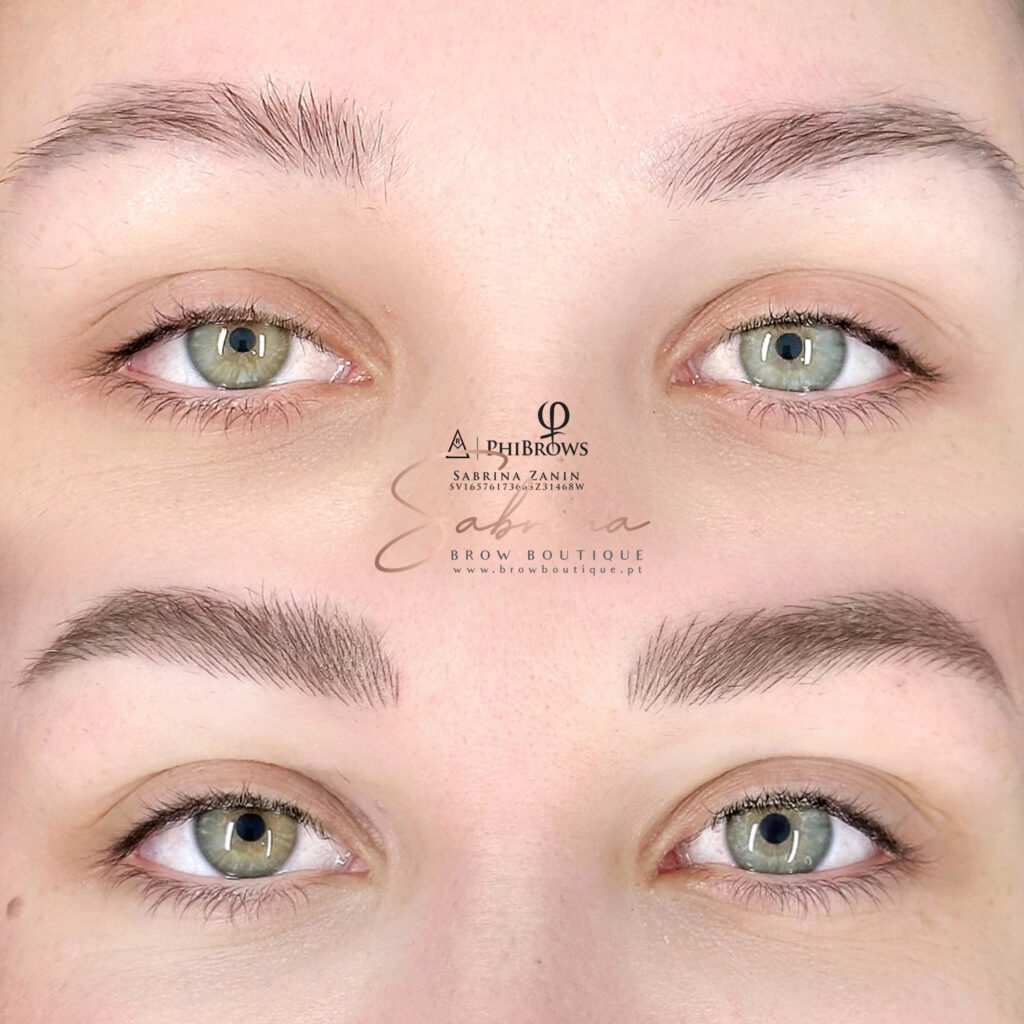
Does it hurt?
We usually use numbing to help alleviate any discomfort. Having this service performed during your menstrual cycle may increase discomfort during the microblading process.
– Under 18 years of age
– Pregnant or nursing (it is recommended to wait at least three months after nursing due to hormonal changes for optimal healed results)
– Previous permanent makeup (brows, lips, eyeliner) By Approval Only
– History of keloids or hypertrophic scarring
– History of Epilepsy, MRSA, or Lupus
– Undergoing chemotherapy/radiation (at least a year out and requires doctor’s clearance)
– Non-steroidal aromatase inhibitors, Letrozole etc. (chemotherapy)
– Type I Diabetic (requires doctor’s clearance)
– Using Accutane (must be off for one full year)
– Currently taking Tetralysal / Doxycycline you will need to wait at least 6 months prior to your permanent makeup appointment
– Currently taking Spironolactone (must be off of medication 4 weeks prior & 4 weeks after)
– Organ transplant
– Pacemaker or major heart problems
– Uncontrolled high blood pressure
– Currently taking oral or topical antibiotics (must be off for at least 30 days prior to appointment)
– Currently taking/using topical or oral steroids, prednisone etc. (must be off for at least 60 days prior to appointment)
– Currently treating any fungal or bacterial infections of the skin (must be off treatment for 4 weeks)
– Viral infections or diseases (cold/flu/eye infections)
– Those with transmittable blood conditions like HIV or Hepatitis
– Hemophilia, bleeding disorders
– Problematic Skin (Acne or bumps covering the Forehead or Brow Area)
– Skin irritations or psoriasis near the treated area (rashes, sunburn, acne, etc.)
– Chemical peels or PRP facial (at least 60 days prior)
– Facial laser treatment, IPL (at least 60 days prior)
– Had Botox in the last two weeks
– Poor general health
– Allergy to epinephrine, dermacaine, benzyl alcohol, lidocaine, or tetracaine
– Active cold sores (for lip blush)
– Hooded eyelids (for eyeliner)
– Currently have lash extensions (for eyeliner)
– Surgery 30 days before and/or after treatment
– Currently using or have used lash or brow serums in the past 8 weeks; avoid serum on area to be treated for a minimum of 8 weeks
– Using any skin care products that contain any retinol, glycolic acid, lactic acid, salicylic acid, or alpha hydroxylsWhat is microblading aftercare about?
Don’t wear makeup for at least 2 weeks. This is because the pigments are still settling into the shallow cuts in your skin caused by the blading.
When you are outdoors, always apply sunscreen to the treated area once completely healed to avoid excess fading or discolouration of the pigment.
Touch-ups are recommended every 18-36 months to maintain your results.
Why do I need to stop all my skin care products?
The end goal with these procedures is a beautiful, natural healed result. When anti-aging, lightening, brightening, smoothing, tightening, acne, colour correcting, etc. skin care products are used, the skin thickness is altered and the end result is not the same. You are paying a lot of money for this service, we have been doing this for over 6 years, these products have a HUGE impact on the healed brows. If these products are used 4 weeks prior or 4 weeks after the appointment, the brows will heal very patchy, completely faded, dark, or very unnatural in colour, we have seen blue, and even purple/pink eyebrows. We have FAQs on our website for a reason, we want the best results for our clients, as your face is our business card and you represent our brand. *THIS APPLIES TO AVOIDING THESE PRODUCTS ON THE WHOLE FACE AND NECK*. You can resume your products 4 weeks after the touch up when your eyebrows have fully healed. For best results, we only recommend using the basic daily cleanser and daily facial moisturizer from Cetaphil to prepare the skin for the procedure. If you have questions about this policy, please don’t hesitate to reach out.
How long does it take for the permanent makeup to heal?
Approximately 28-42 days
About Sabrina:
She is an Italian artist specializing in hyperrealistic brows permanent makeup, known for my expertise in eyebrow enhancements. Trained at the prestigious PhiAcademy by Grandmasters Sara Vecchi and Vesna Milo, I am dedicated to delivering exceptional results. With a focus on safety, comfort, and personalized service, I strive to enhance clients’ natural beauty. My commitment to excellence has earned me the distinguished title of Royal Artist, recognized by PhiAcademy for maintaining a high standard of work. Sabrina is passionate about creating lasting impressions through my artistry, and I divide my time between Lisbon and Milan, serving a diverse clientele.







